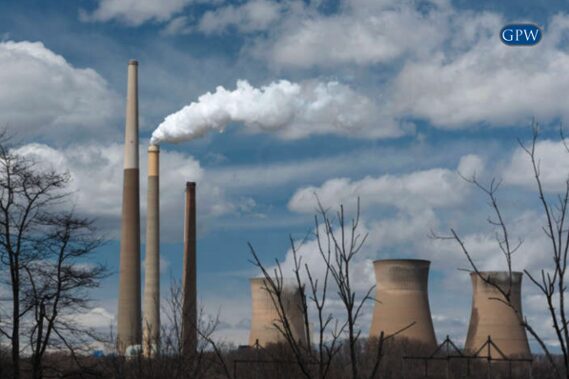PA fracking damaged water supplies more than 200 times in six years
After years of withholding information, the Department of Environmental Protection released a spreadsheet outlining where oil and gas negatively affected water supplies in Pennsylvania communities.
The damaged supplies mark a small percentage compared to the amount of oil and gas wells drilled since the end of 2007, but when dealing with the water residents drink regularly, any percentage is dangerous.
Hitting nearly every area where oil and gas drilling occurs, the spreadsheet represents 77 communities in Pennsylvania that experienced a type of disruption. The 209 cited damages range from reduced water flow or pollution.
Hydraulic fracturing, or fracking, increased natural gas and oil production exponentially in the United States during the last decade. The process involves pumping hundreds of gallons into the ground to break apart the rock and release natural gas. The water cocktail injected can seep to the surface of the ground with possible contaminants like drilling chemicals, heavy metals and low-level radiation.
This practice can release other gases into water supplies. Methane is the most common type of pollution. Because it’s odorless and without taste, methane can go unnoticed in drinking water except for one critical effect- the water becomes flammable.
Last July, a report was released outlining the damage caused by fracking in Dimock, Pennsylvania. Methane leaked into the water wells in Dimock, endangering many residents. Initially, Cabot Oil and Gas Corp. claimed the methane was naturally occurring, but different studies proved that information to be incorrect.
In an industry that claims its practices are safe, four of the states nurturing the boom in fracking have received hundreds of complaints with pollution being confirmed in many situations. While benefits exist to the process, the negative aspects are hard to ignore.



